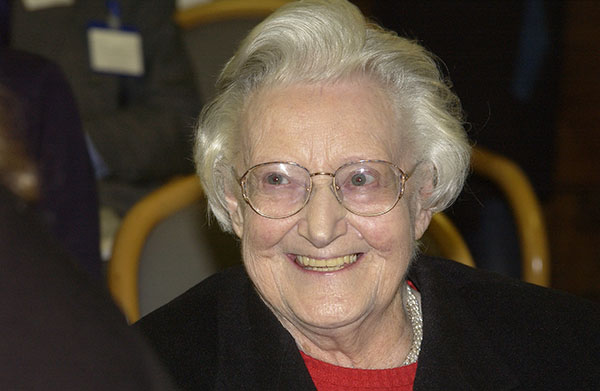Women Who Inspire Us: Dr. Cicely Saunders

Cicely Saunders initially defied her rich British family to train as a nurse, but in 1944, when a back injury made the work too difficult, she trained to be a medical social worker.
One of the patients she worked with was Ela Majer Tasma (he went by David), and it wasn’t long before they fell in love. David was a Polish-Jewish refugee who escaped from the Warsaw ghetto and worked as a waiter in London. He was dying of cancer and their relationship sparked Saunders to start imagining a better place for people to die than the cold, impersonal hospital. She imagined a place with comfort and pain relief for those whom medicine couldn’t cure.
When he died, David left her £500 and said that wanted to be “a window in [her] home.”
Saunders tried to share her ideas and build support among doctors, but she was mostly ignored. So she became a doctor herself, completing her training in 1957.
She was the first modern doctor whose studies and clinical care were completely devoted to the dying. She collected data on pain – physical, but also psychological, spiritual and social – that illness could inflict.
In 1961, Dr. Saunders fell in love again, with another patient dying of cancer. He died, followed in the same year by her father and a close friend. She decided to focus on making her plan for a hospice care facility a reality.
She wrote about it, spoke about it, and slowly raised funds. It took years, but Dr. Saunders saw her first patient at the new St. Christopher’s Hospice in 1967. Her approach to palliative care is now a worldwide standard.
Dr. Saunders died in 2005 in the very hospice she founded. A window at the front of the building is dedicated to David’s memory and gift.
The Annals of Internal Medicine recently published Dr. Saunders’ story in graphic form. Take a look, and see the story come to life!